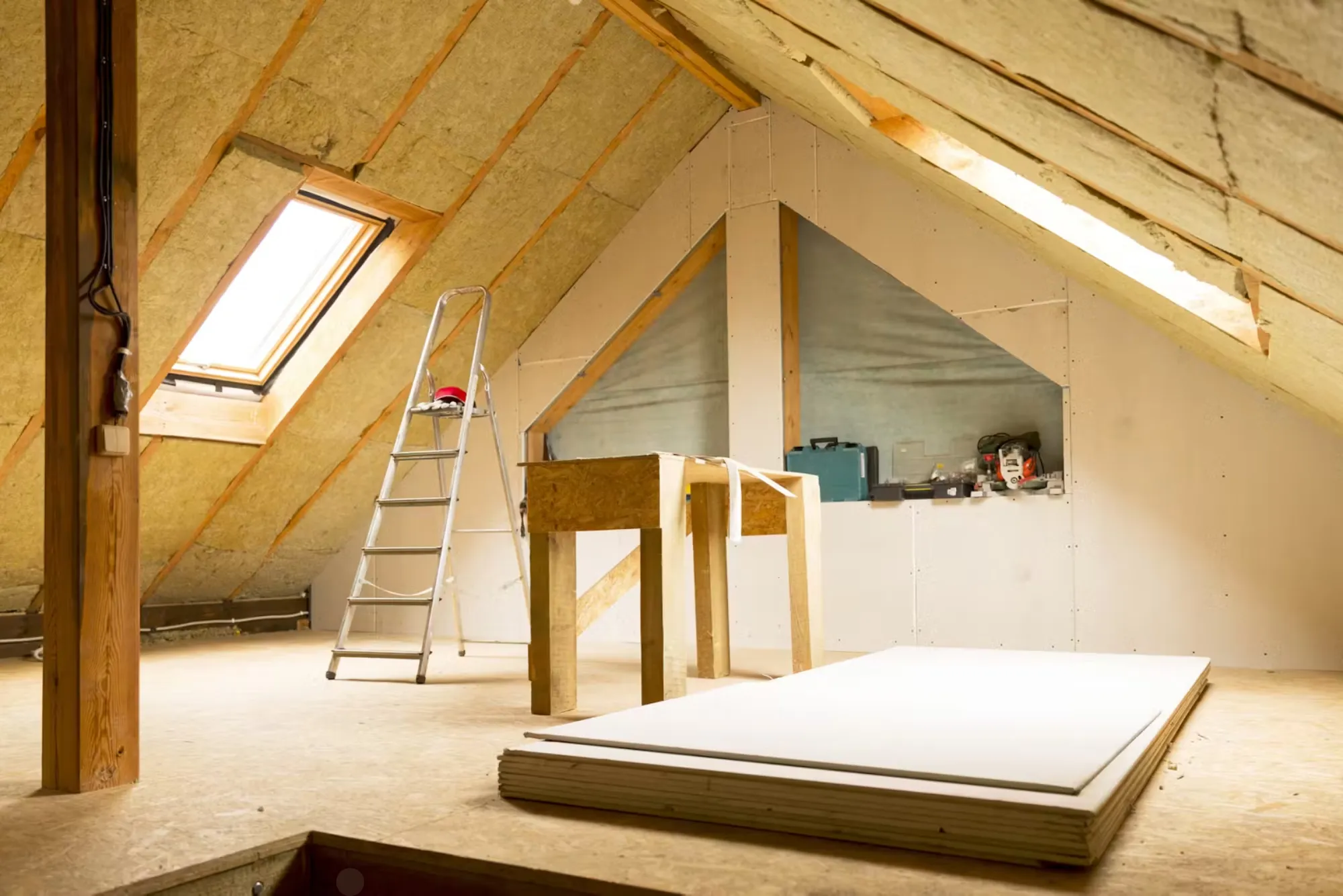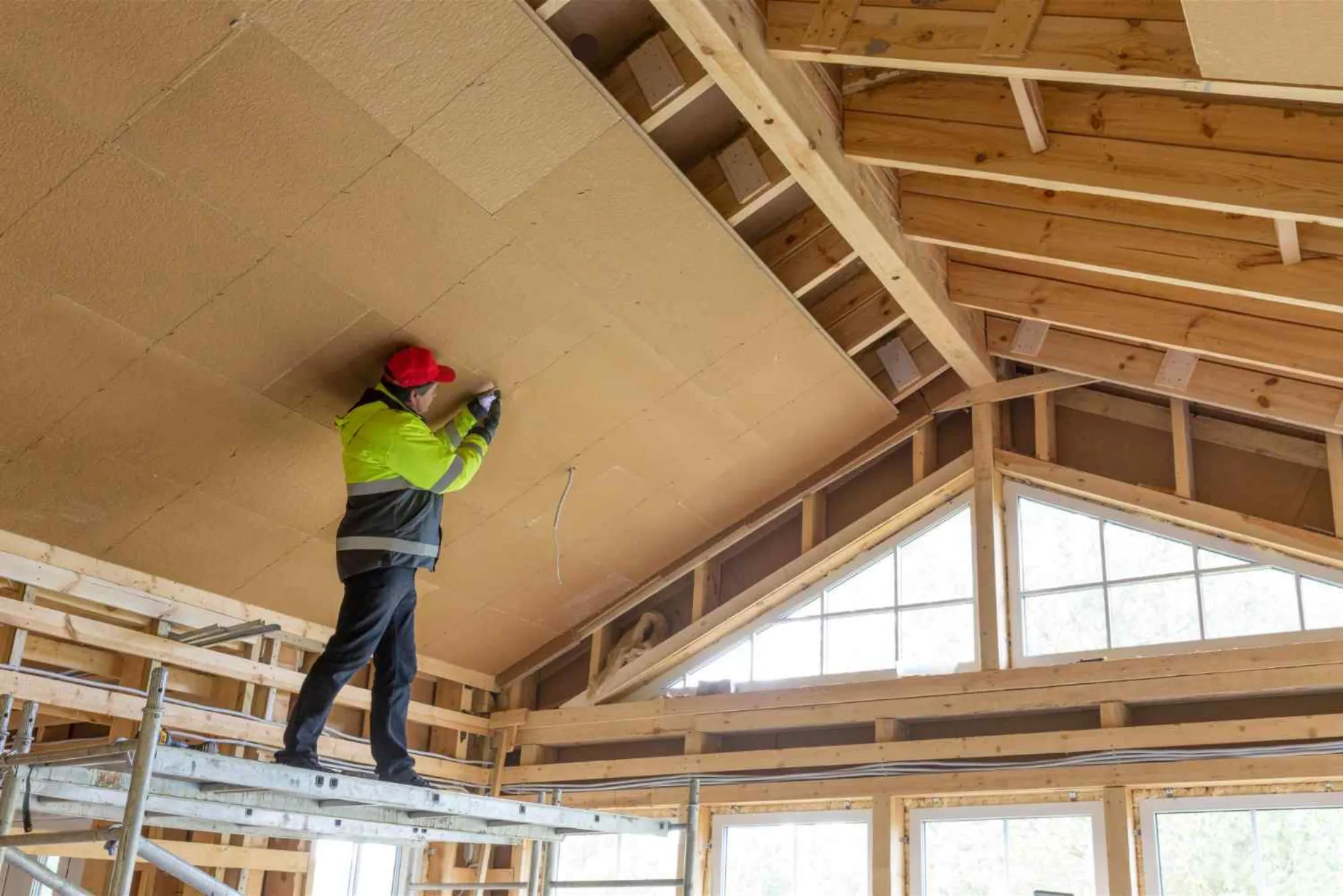Expanding storage space in your home can be made easy with Loft Boarding. By adding Loft Flooring, you can transform an underused attic into a storage hub. However, understanding the weight-bearing capacity of loft boards is essential to ensure safety and structural integrity. This guide explores the weight capacity of loft boards, factors affecting their strength, and the best practices for safe storage.
Understanding Loft Board Weight Capacity
How Much Weight Can Loft Boards Hold?
The amount of weight loft boards can hold varies depending on factors like the quality and thickness of the boards, the spacing of the joists, and the structure of your loft. Generally, standard loft boards can hold around 25 to 50 kg per square meter, but this range can increase with reinforced boards or specialized flooring systems. For heavier loads, customized boarding solutions with enhanced support may be necessary.
Factors Affecting Loft Board Weight Capacity

- Joist Spacing and Thickness
The strength of your loft flooring relies heavily on the spacing and thickness of joists. Closer joist spacing and thicker joists can increase the load-bearing capacity of the loft boards. - Quality and Material of the Loft Boards
The type of material used in Loft Boarding is a significant factor in weight capacity. MDF or chipboard may offer limited support, while plywood and heavy-duty particle boards are often more durable. - Installation Technique
Correct installation is crucial to ensure weight is evenly distributed across the loft. Poorly fitted boards or inadequate fixings can lead to sagging or even collapse under load. - Intended Use
If you plan to store lighter household items, standard loft boards may suffice. For storing heavier items, reinforced Loft Flooring might be necessary.
Comparison Table of Loft Board Materials
| Loft Board Material | Typical Weight Capacity | Durability | Best For |
|---|---|---|---|
| MDF Board | 25-30 kg/sq. meter | Moderate | Light Storage |
| Chipboard | 30-40 kg/sq. meter | Low | General Storage |
| Plywood | 40-50 kg/sq. meter | High | Heavy Duty Storage |
| Heavy-Duty Particle Board | 45-60 kg/sq. meter | Very High | Long-Term Heavy Storage |
Safety Considerations for Loft Boarding
Distributing the Weight Evenly
When adding items to your loft, spread the weight evenly across the boards. This can prevent stress on specific points, reducing the risk of cracks or breaks. Avoid piling items in one area, especially if the joists are widely spaced or unsupported.
Types of Loft Boarding Systems
Using high-quality loft boards, such as interlocking boards or raised boarding systems, can increase the load capacity. Raised boards allow airflow above insulation while providing stable flooring, and interlocking boards improve overall strength.
DIY vs. Professional Installation
While installing loft boards can be a DIY project, professionals ensure boards are correctly spaced, securely fixed, and fit well around joists. Improper installation may compromise the safety and weight loft boards hold.
Tips for Increasing Loft Board Weight Capacity

- Use Supportive Joist Covers
Adding joist covers improves load-bearing capacity by evening out the weight distribution and strengthening the joist structure. - Consider Raised Loft Boarding
Raised loft boarding systems keep insulation intact while providing sturdy Loft Flooring. This allows for airflow beneath the boards, which can also extend the lifespan of the boards. - Install Thicker Boards
Opt for thicker boards, such as 18mm plywood, for increased durability and weight-bearing capacity. - Limit Load Based on Structure
If your loft is part of an older structure, limit the load as older joists may not support as much weight as newer ones.
FAQ Section
How Much Weight Can Loft Boards Safely Hold?
Standard loft boards generally hold between 25 to 50 kg per square meter. For heavier items, reinforced or thicker boards are recommended.
Can I Store Furniture in a Loft with Standard Loft Boarding?
Most lofts can support lighter household items, but storing heavy furniture may require reinforced Loft Boarding.
What Type of Loft Boarding System is Best for Heavy Storage?
Heavy-duty particle board and plywood with reinforced joists or raised boarding systems are best for heavier storage needs.
Does Loft Boarding Affect Insulation?
Raised loft boarding systems allow for effective Loft Flooring without compromising insulation by allowing airflow between the insulation and the boards.
Understanding how much weight loft boards can hold is crucial for maximizing your storage without compromising safety. Choose the right material and ensure professional installation for optimal load-bearing capacity. With proper planning and careful distribution, loft boarding can provide a safe and durable solution for additional storage.





